Power Road® heats and cools buildings
Power Road® stores renewable thermal energy in summer to heat your buildings in winter, and cool them in summer.
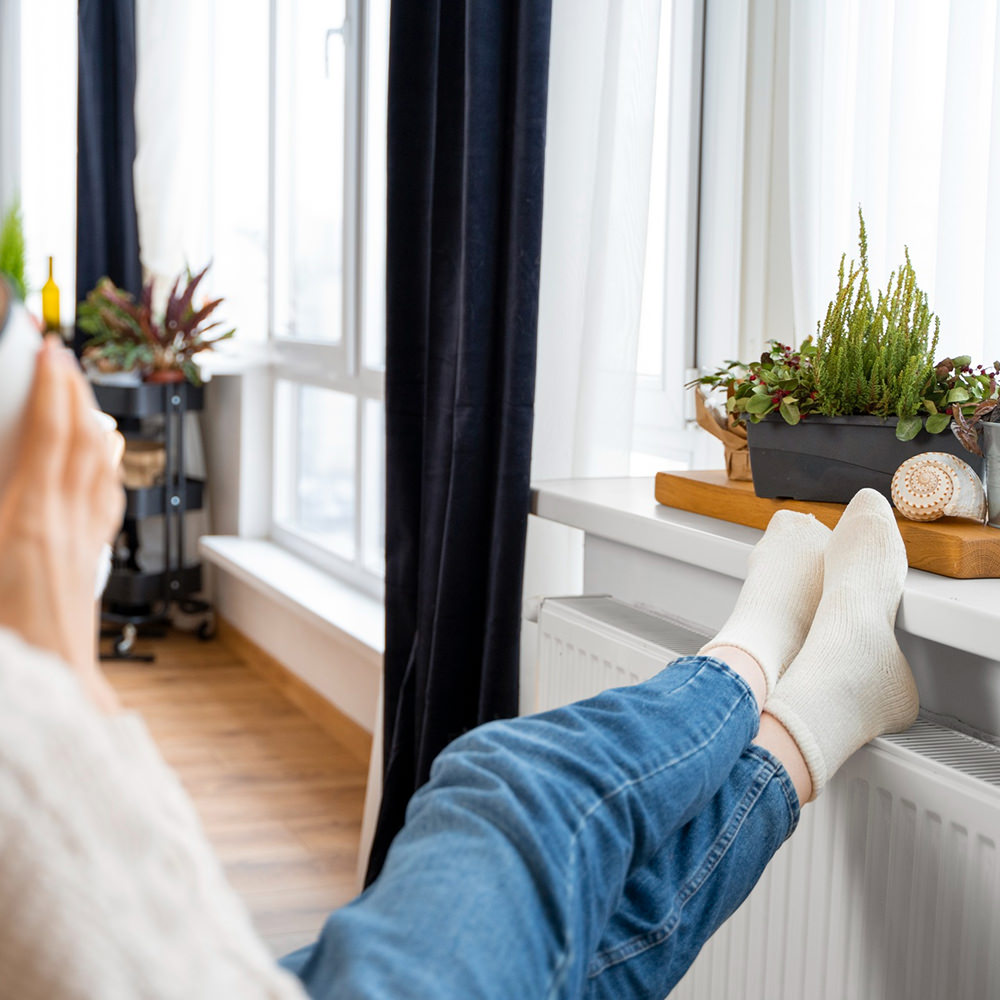
Power Road® heats and cools buildings
Power Road® stores renewable thermal energy in summer to heat your buildings in winter, and cool them in summer.
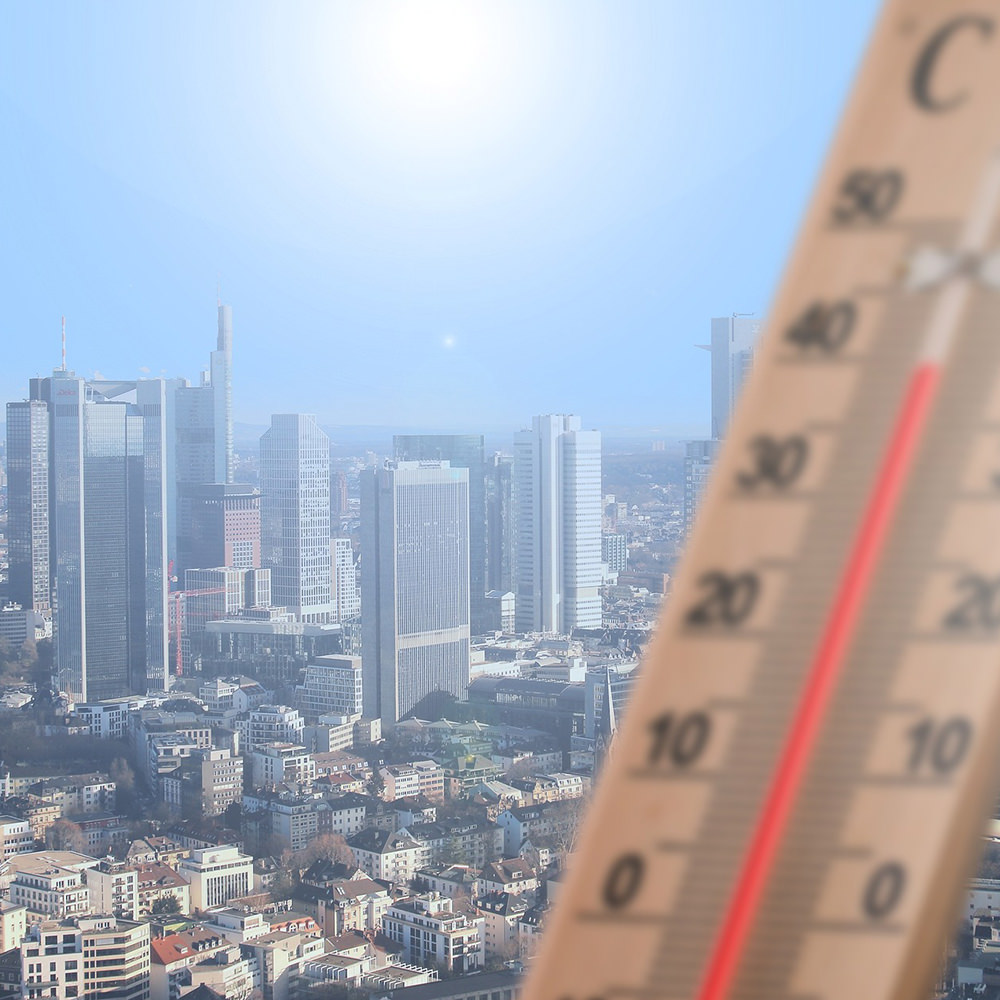
Power Road® cools urban heat islands
Power Road® lowers the temperature on your road surfaces by 10°C on average.

Power Road® improves safety
Power Road® clears ice and snow from your roads.
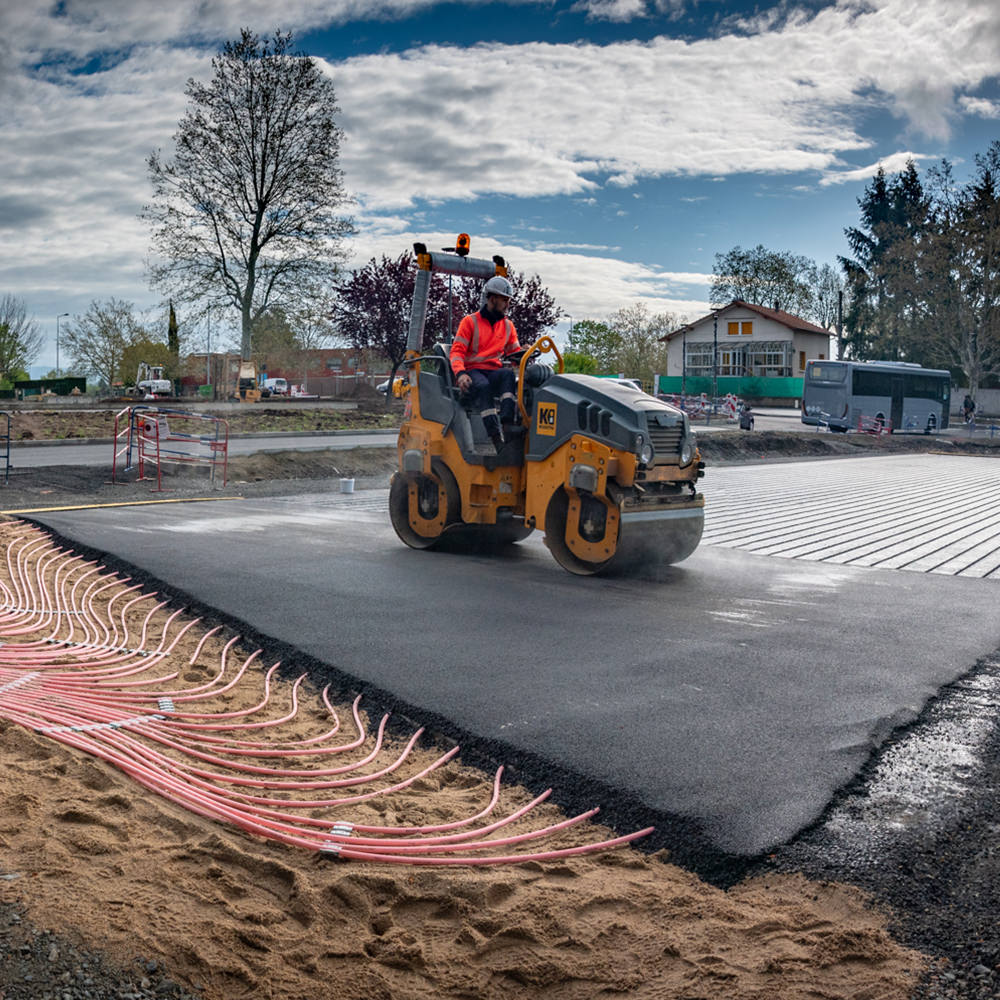
Power Road® harvests heat
Eurovia is using roads in new ways with Power Road®: it captures solar energy inside the road surface, in some cases stores that energy for several months, then transfers it to nearby buildings and other structures through heat pumps.
Power Road® heats and cools residential properties, business premises, swimming pools and sports facilities, using low-carbon technology, and cools paved surfaces in summer to help avoid urban heat islands.
Power Road® is Eurovia’s answer to help you on your energy and environmental transition.
How Power Road® works
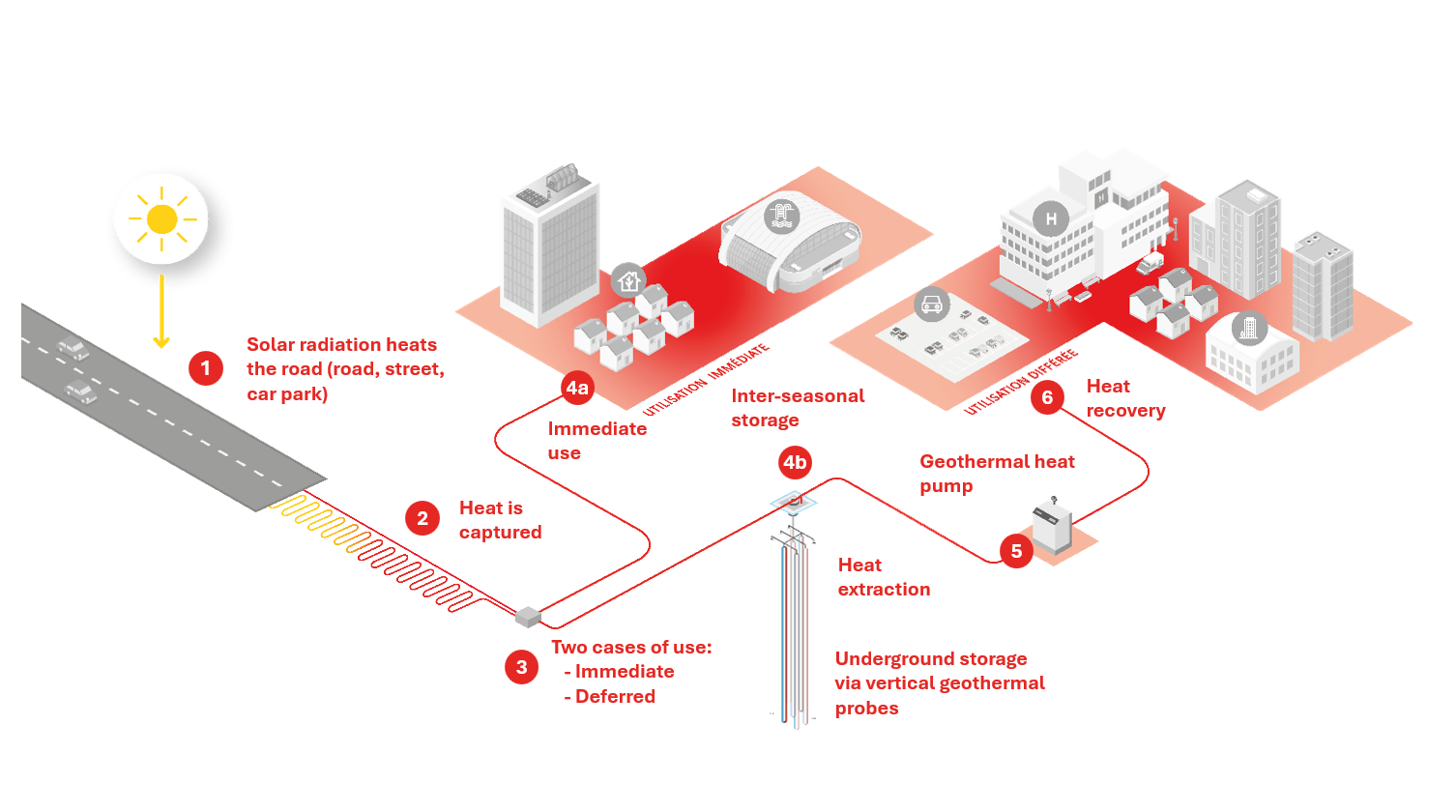
Immediate and Delayed Operation
Solar radiation first heats the bituminous pavement of the roadway (1). This renewable heat is captured by integrating a heat exchanger into the surface layers of the pavement (at a depth of 5 to 8 cm) (2). This exchanger consists of a network of tubes—similar to those used in underfloor heating—through which a heat-transfer fluid circulates. Under the effect of solar radiation, the heat-transfer fluid gradually warms up, reaching temperatures of up to 35°C. This thermal energy can then be used on demand in two different ways (3): either for immediate use (4a) or for delayed use (4b).
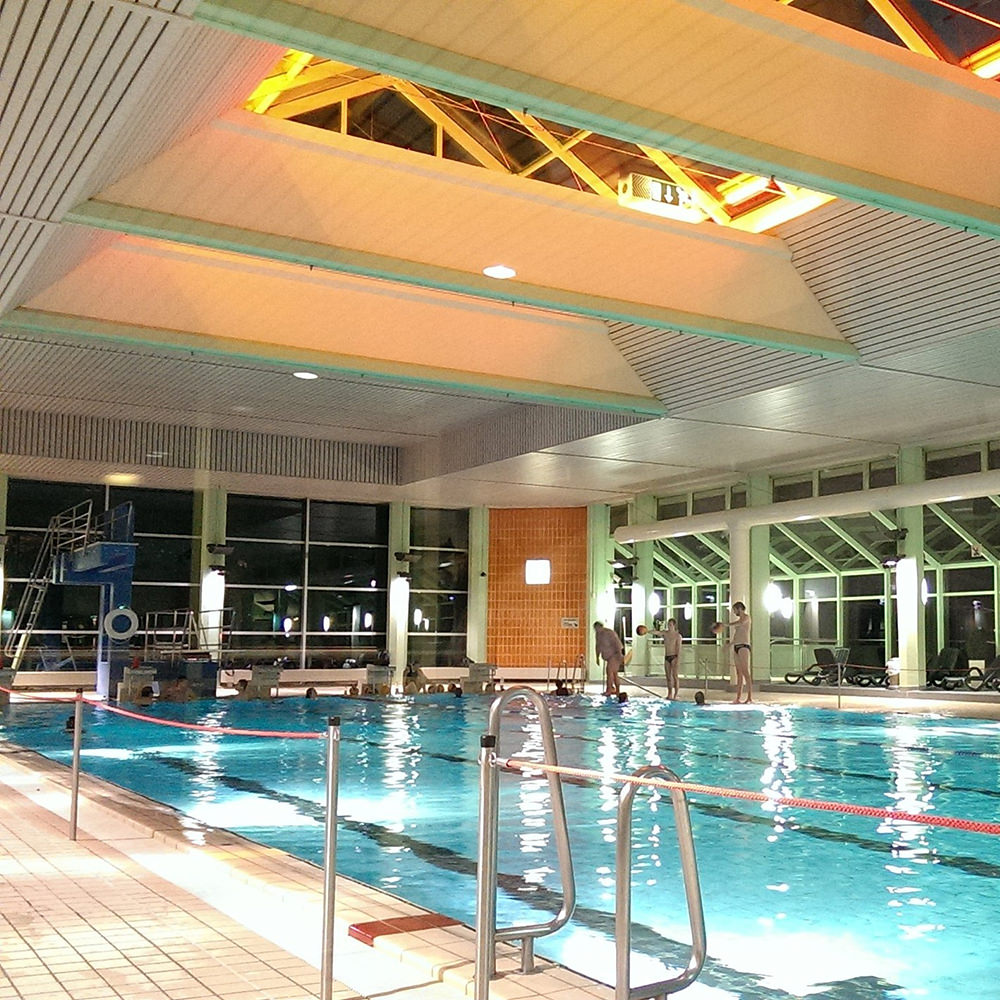
Power Road® en usage direct
- Decarbonizes up to 95% of your domestic hot water production, swimming pool heating, or industrial processes,
- Providing up to 80% renewable energy.
Swimming pool Forez Aquatic, Feurs (42) – 2019
Swimming pool Haut Léon Communauté, Saint Pol de Léon (29) – 2023
61 flats, Fleury sur Orne (14) – 2019
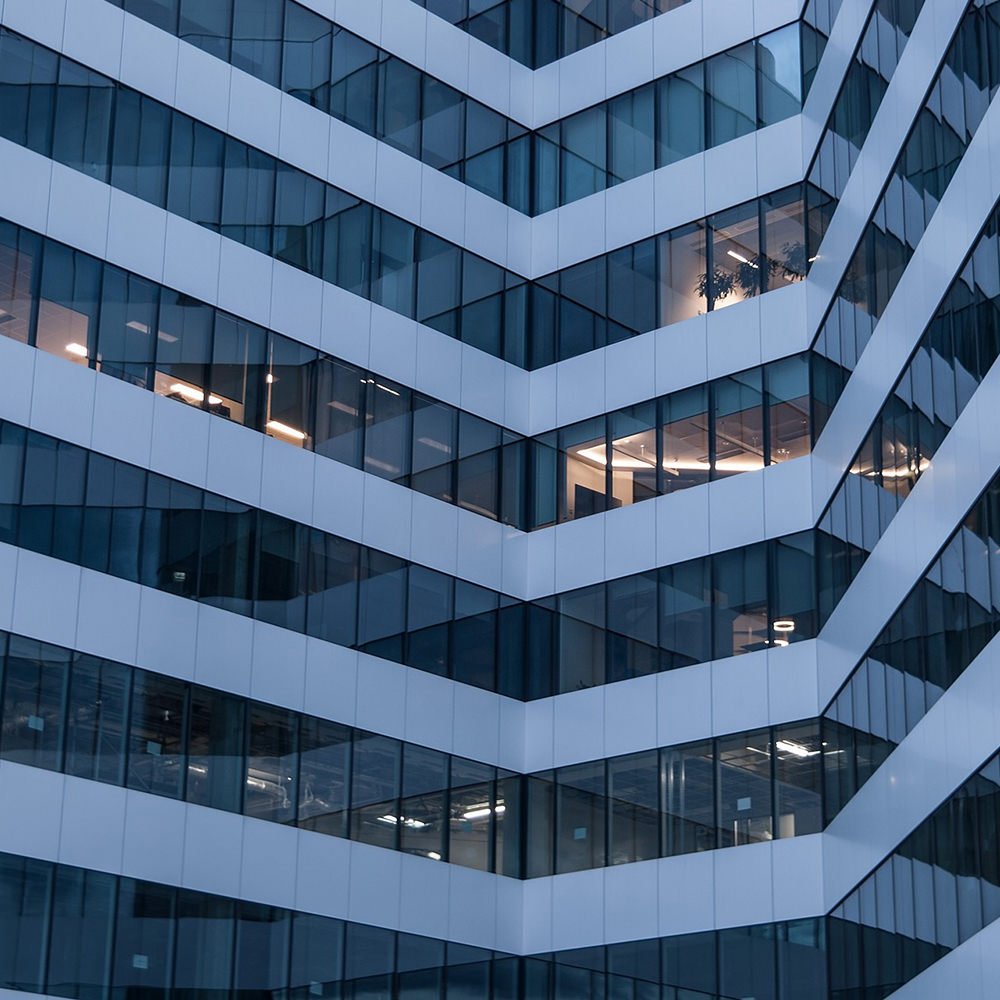
Power Road® en usage indirect
- Cuts carbon emissions from your heating system, hot water production or industrial processes by up to 95%
- Covers up to 80% of requirements with renewable energy from your car parks and other surfaces
VINCI Autoroutes service area at Saint-Arnoult (near Paris) – 2018
61 flats in Fleury-sur-Orne (Normandy) – 2019
Manche energy authority in Agneaux (Normandy) – 2023
Hérault technical services centre in Olonzac (southern France) – 2023
- Secures your infrastructure in winter
5th-generation road in Égletons (south-central France) – 2020
Xavier Marmier secondary school car park in Pontarlier (eastern France) – 2018
VINCI Autoroutes service area at Saint-Arnoult (near Paris) – 2018
Subsidies and support
Fonds Chaleur, Ademe (French Agency for Ecological Transition)
European Regional Development Fund, European Union
Fonds Vert (French ecological transition fund)
and other national- and local-level partner organisations